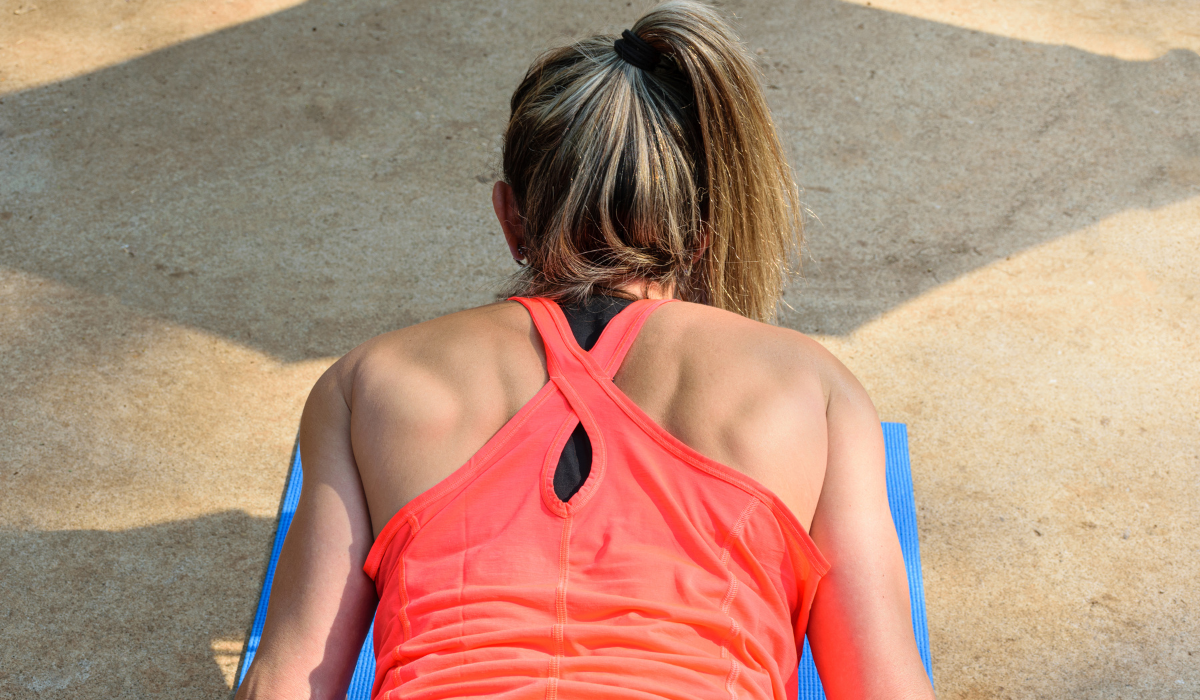Can You Sleep with Abdominal Board

If you have undergone a tummy tuck or liposuction, your surgeon may recommend wearing an abdominal board to promote healing and prevent fluid buildup. However, one question that patients often have is whether they can sleep with an abdominal board on. We’ll explore the pros and cons of using an abdominal board, including whether it’s safe to sleep with one.
What is an abdominal board?
An abdominal board is a flat, firm board that is placed over the abdominal area following a tummy tuck or liposuction surgery. It is typically made of foam or plastic and is designed to provide support and compression to the area while promoting healing. After undergoing tummy tuck or liposuction surgery, it is common to experience swelling and fluid buildup in the abdominal area. An abdominal board is a device that is commonly recommended by surgeons to help promote healing and prevent fluid buildup following surgery.
Why do you need an abdominal board?
After undergoing a tummy tuck or liposuction surgery, it is common to experience swelling and fluid buildup in the abdominal area. An abdominal board helps to promote lymphatic drainage and prevent the buildup of fluids, which can lead to complications such as seromas. Additionally, an abdominal board can help to support the abdominal muscles and improve posture during the healing process.
Can you sleep with an abdominal board on?
While it is generally safe to wear an abdominal board while sleeping, many patients find it uncomfortable and difficult to sleep with one on. Additionally, sleeping with an abdominal board may increase the risk of skin irritation and pressure sores.
Pros of using an abdominal board
• Promotes healing
One of the primary benefits of using an abdominal board is that it helps to promote healing following surgery. By providing support and compression to the abdominal area, an abdominal board can help to reduce swelling and promote lymphatic drainage, which can speed up the healing process.
• Reduces swelling
Swelling is a common side effect of tummy tuck and liposuction surgeries. By compressing the abdominal area, an abdominal board can help to reduce swelling and prevent fluid buildup.
• Provides support
An abdominal board can provide additional support to the abdominal muscles during the healing process. This can help to reduce discomfort and improve mobility.
• Improves posture
Wearing an abdominal board can help to improve posture during the healing process. By providing support to the abdominal muscles, an abdominal board can help to improve spinal alignment and reduce strain on the back.
Cons of using an abdominal board
• Discomfort
Many patients find that wearing an abdominal board is uncomfortable, particularly when sitting or lying down. This discomfort can make it difficult to sleep or engage in normal daily activities.
• Skin irritation
Wearing an abdominal board for extended periods of time can increase the risk of skin irritation and pressure sores. It is important to take breaks from wearing the abdominal board and to clean and dry the area regularly.
The Risks of Sleeping with an Abdominal Board
Abdominal boards have become increasingly popular among those who want to achieve a flatter, more toned midsection. While they can be a useful tool for waist training during the day, some people wonder if it’s safe to sleep with an abdominal board on. Here are some of the potential risks to consider before incorporating an abdominal board into your sleeping routine.
1. Discomfort and Pain
Sleeping with an abdominal board can be uncomfortable and even painful. The board can dig into your skin or cause pressure points, leading to discomfort throughout the night. This can make it difficult to fall asleep or stay asleep, leading to fatigue and daytime drowsiness.
2. Breathing Difficulties
An abdominal board can also restrict your breathing, particularly if you’re already prone to breathing issues such as sleep apnea. This can lead to snoring, gasping for air, and even more serious breathing problems.
3. Skin Irritation
Wearing an abdominal board for long periods of time can cause skin irritation and even bruising. This is particularly true if the board is made of a rough material or if it’s not properly fitted to your body.
4. Digestive Issues
The pressure of an abdominal board can also impact your digestive system. It can cause discomfort and bloating, and may even lead to more serious issues such as acid reflux or indigestion.
5. Blood Flow Issues
Sleeping with an abdominal board on can also restrict blood flow to your midsection. This can lead to numbness or tingling, and may even cause long-term damage to your organs.
Conclusion
In conclusion, using an abdominal board for waist training or postpartum recovery can provide many benefits, but it’s important to be aware of the risks and take steps to mitigate them. Always consult with a healthcare professional before starting any new fitness or recovery regimen, and use an abdominal board only as directed. Additionally, it’s crucial to clean and care for your abdominal board properly to ensure its longevity and effectiveness. By following the tips outlined above, you can maintain a hygienic and well-maintained abdominal board that will serve you well for years to come.
RECENT ARTICLES
